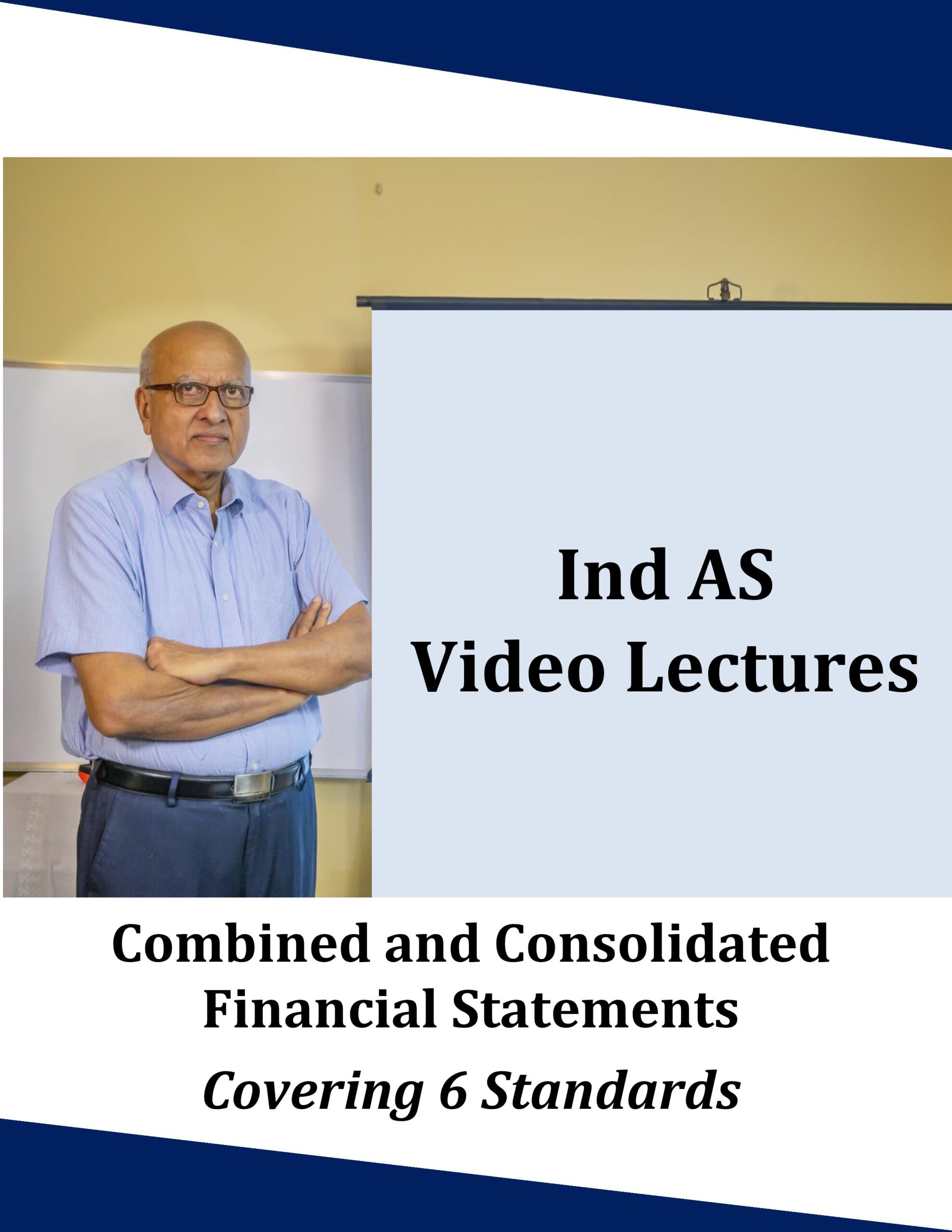Description
Product Overview MUST WATCH
Group accounting is crucial for ensuring transparency and accuracy in financial reporting across subsidiaries and parent companies. It enables stakeholders to gain a greater understanding of the financial health and performance of the entire group, fostering trust and confidence in the market. Our video lectures encompass six essential standards, providing in-depth insights into consolidation, equity method, business combinations, and more, empowering learners to navigate complicated accounting principles with confidence and proficiency.
Unlock the complexities of group accounting standards with our comprehensive Video Lectures bundle covering Ind AS 27, Ind AS 28, Ind AS 103, Ind AS 110, Ind AS 111, and Ind AS 112. More than 200+ important topics and concepts have been explained with practical examples and numerous illustrations. Dive deep into the intricacies of mergers and acquisitions, associates, joint ventures, joint arrangements, and related areas with expert-led tutorials designed to demystify these critical standards. Live demonstration of how to consolidate Balance Sheet, Statement of Profit and Loss, Other Comprehensive Income, and Statement of Changes in Equity is also included. Elevate your expertise and stay ahead in the world of Ind AS with our holistic e-lectures.
Covering 6 Standards – Ind AS 27, Ind AS 28, Ind AS 103, Ind AS 110, Ind AS 111 and Ind AS 112
Ind AS 27 – Separate Financial StatementsWhat you will learn:
Ind AS 28 – Investments in Associates and Joint VenturesWhat you will learn:
Ind AS 110 – Consolidated Financial Statements
|
Ind AS 103 – Business Combinations
|
Additional features:
Session type – Extensive deliberation on 6 standards with maximum use of practical examples and engaging illustrations
Subject matter – 200+ important topics and concepts are elaborately discussed
Live conversion – Actual demonstration of how to consolidate a Balance Sheet, PL, OCI and SOCE is included
On-Demand Access – Enjoy flexibility of accessing e-lectures anytime, anywhere, at your own pace, fitting seamlessly into your busy schedule
Unlimited Views – There is no restriction to the number of views
Study material – You will receive a soft copy of the presentation slides and a handout of numerical worked examples
Support – Clarification of queries is also offered via digital communication for 1 year from the date of purchase






Harshil Mathur (verified owner) –
this video package is fantastic…very good for learning…thank you so much for making me understand such complex topics
Nitesh Bagri (verified owner) –
The lecture is detailed and valuable. Amitabh Sir has used many examples and cases throughout the presentation which I liked
will surely buy book
Pragya Mitra (verified owner) –
I had several doubts on calculation of goodwill and NCI and I got it after watching this video. Amazing content and delivery!